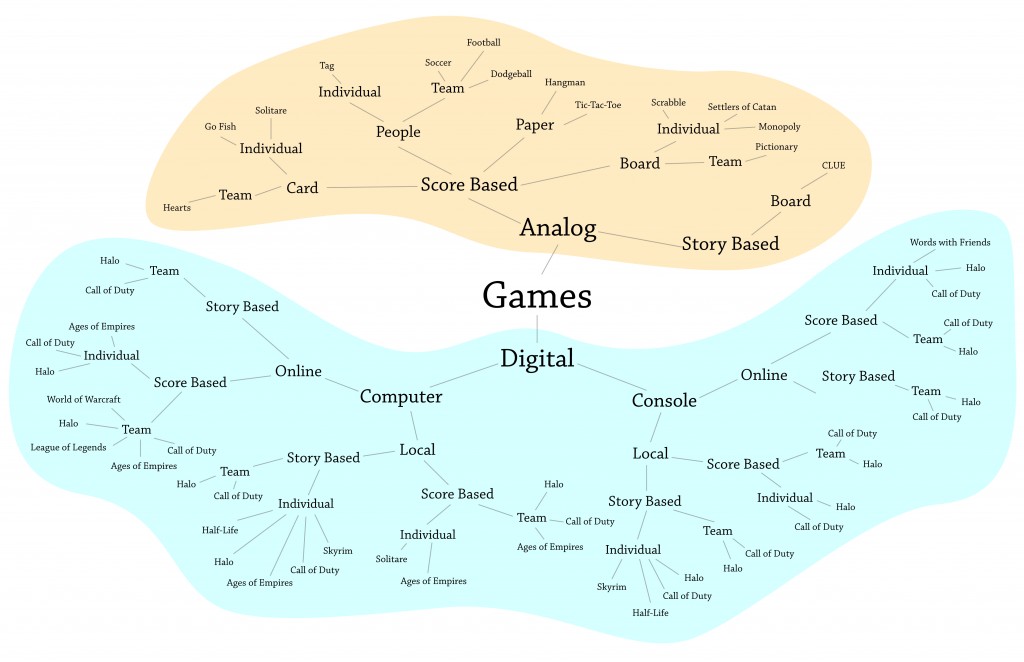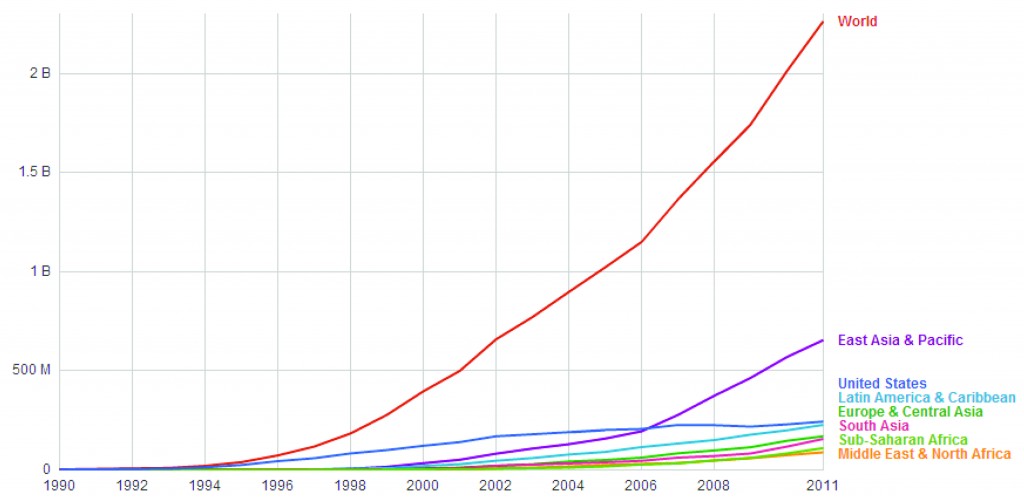I met up with Gordon McIntyre-Lee earlier today and had a quick, half-hour or so conversation with him concerning how the design world works and what Gordon does as a Design Director at LARSEN here in the Twin Cities.
I arrived a bit early (10-15 minutes) and, while I had a list of questions, I quickly realized that I’m not a script sort of person when it comes to conversation. I mentally grouped questions together into broader ones while taking notes in my crazy, indecipherable-by-anyone-but-me style. Here is the cleaned up version for you to read.
[paraphrasing now]
How did you start off in the design world?
I started off in college at CVA (College of Visual Art) with a major in architecture but discovered interactive design at school and liked it better. After school, I didn’t get an internship (I’ve actually never had an internship), instead I did some freelance work for an instructor from CVA. About a year later (with college loans about to begin breathing down my back) I realized that I should be like the people I graduated with and get a full-time job. I used AIGA’s job listings to find one. My first job was at Periscope. A few years later, I began looking around for another job and ended up at LARSEN. I’ve been here ever since.
How exactly do promotions work (at LARSEN)?
Well, as an entry-level designer, you’re focused mainly on craft. As you become better at your craft, you can begin to have more interaction with clients. As you work on those two skills you can eventually rise to working on some projects while managing others. It is your experience and personal skill development that determine promotions.
What happens when you’re faced with a boring project?
You have to make it interesting. Somehow. Even if it is the dryest project you’ve ever faced, you need to find something that you can get excited about. Even if it is simply making the most amazing buttons for a website. You always have to find a way to push yourself.
What are your work relationships like?
I’m friends with most of the people I work with, but the level of friendship really depends on the person. I like biking and there’s a guy here at work who we’ll sometimes bike together.
What is something that shocked or surprised you when you had your first job as a designer?
Design isn’t always  the focus. When you’re in school all you’re surrounded by is design. At a firm, not everyone you work with is so excited about design. Also, you’re always working with people. In school almost all of your projects (except for the occasional group project) are done by only you. When you have a design job, you’re always on a team and have to give and take to work with others.
What are somethings you want or expect at an interview?
I see a lot of portfolios with a range of work, which is a good thing, but I’d prefer fewer projects with more depth than a lot of simple projects that aren’t connected. Like, if you can do a logo, stationary and a website. A combination. That would be great. Also, always bring questions for your interviewer. You want to find out what this company is about and if you fit in and, well, I once interviewed someone who had no questions and it was awkward. Questions show that you’re really interested and that you care.
What should I really be focusing on before I graduate?
Your book (portfolio book). Your book is really important. Like I said before, have a range of well developed projects and put effort into making your book. Be enthusiastic and let that show through your work and when you go and interview people. Networking is important, but if you can make some progress on your book, skip that designer meet-up event.
What do you want to see on a resume?
One thing, and I noticed this on your’s, is put your graduation date. Even if it’s just your expected graduation. Having that there gives people a better idea of how much history you have with design. Relate your previous experience to design. Even if you worked at a retail store, you had client interaction of sorts. Have your skill set. Not a list of programs you know, but creative things you’re good at: ideation, client interaction, ect. Be brief.
– – -Â – – -Â – – -Â – – -Â – – -Â – – -Â – – -Â – – -Â – – -Â – – -Â – – -Â – – -Â – – -Â – – -Â – – -Â – – -Â – – -Â – – -Â – – -Â – – -Â – – -Â – – -Â – – -Â – –
Finally I asked Gordon if he had any suggestions for my site. We went thorough the portfolio page and he offered some commentary on what projects I had up. I found it extremely helpful to get someone’s (designer) opinion of my projects. I’ve got some ideas on what to improve and notes to back them up.
Posted in School
Tags: design, Gordon McIntyre-Lee, Informational Interview, LARSEN, portfolio, resume

 Dawn and I met Thursday afternoon at
Dawn and I met Thursday afternoon at 


